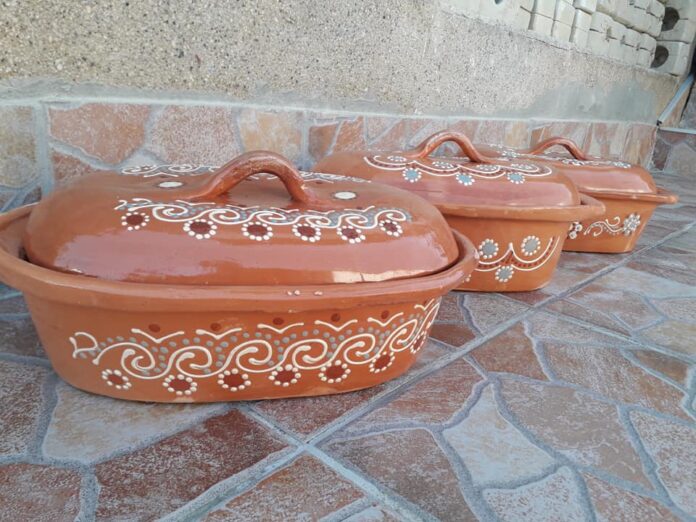HAZU: ‘The coat of arms with a white initial field should be emphasized and respected. So people used to work ‘

The Croatian Academy of Sciences and Arts on Thursday held a scientific conference on the Croatian historical coat of arms, at which they declared the HAZU Declaration on the Historical Croatian coat of arms and said that the transcenders were related to the initial field on the Croatian coat of arms « False Doubt ».
« The martyr’s coat of arms of Croatia is a stylized representation of the fort, forts, or premiere. At the end of the 15th century, it was shaped according to the then metaphor of Croatia as fortress, ramparts, that is, Christianity (Antemurale christianatatis), most often in the variant with the initial silver (white), and the end of the red pellets (when the steam number of the field). (white) or red fields have been present and used almost equally from the beginning of the 16th century.
Declaration: Ahistorical approach reduces the diversity of a centuries -old
Historiographical cognitions have added, confirming the centuries -old practice of highlighting different variants of the chess coat of arms. « All this refutes recent theses about the special meaning of the initial field of our coat of arms, so they can be considered a pseudoscientific and politician. Namely, from the beginning of the 21st century, these theses in public began to impose on the repetition of incorrect claims and derived false conclusions. which binds it exclusively with the World War II.
The HAZU considers that the Ahistorical approach also reduces the diversity of the centuries -old continuous use of the coat of arms with chalied fields and excludes the five hundred years of history of the same use of the version of this Croatian heraldic symbol.
« The Croatian Academy of Sciences and Arts believes that such discussions about the Croatian coat of arms, especially the color of the initial field on it, are not motivated by scientific, historical and cultural goals, but by political and politician. Because of all this, the Croatian Academy of Sciences and Arts publishes the end of the stigmatization of different variants of the Croatian historical hump and contemporary ideologization of historical symbols.
« The official coat of arms of the Republic of Croatia is prescribed by law and no versions, but the Croatian historical coat of arms in private and public use, for a reason and pride, can be emphasized as Croats have emphasized, respected, respected and considered the initial field of white or red, » the HAZU Declaration of the History Croatian Greek states.
Neidhardt at a scientific conference: false dilemmas about Croatian symbols are trying to discredit historical achievements
The scientific conference was opened by the President of the Croatian Academy of Sciences and Arts, Velimir Neidhardt, who recalled that it was held on June 5, on the day when Josip Jelacic was solemnly enthroned for the Croatian Ban, who took a red-and-white tricolor for his Bansko flag with the coat of arms of the three-year Kingdom of Croatia, Slavonia and Dalmatia in the middle, which soon was accepted as Croatian countries.
« The Croatian Academy is the consciousness and conscience of the Croatian people and always raises the questions of Croat identities in the first place. It is necessary to enlighten the disputes that appear, protect the history of Croats from attacks that reduce national values. By imposing false dilemmas about Croatian symbols, all historical achievements are tried to discredit and therefore these dilemmas should be cleared, and to the Croats to celebrate our historical identity with the The Republic of Croatia, « Neidhardt said.
The lecturers at the scientific conference were considered by various topics related to the history of the Croatian Grbovlje, so prof. Ph.D. Ivan Jurkovic from the Faculty of Philosophy in Pula spoke about the historical circumstances of the emergence of the Croatian mowed coat of arms at the end of the 15th century, emphasizing that the oldest representation of such a Croatian coat of arms was created in Bolzan around 1494. sc. Mate Bozic, however, believes that the chessboard is not an appropriate name for the Croatian coat of arms because it does not contain exactly a certain number of fields on the chessboard, and red color is used instead of black.
Dr. sc. Mario Jareb of the Croatian Institute of History in Zagreb said that the chess coat of arms as a Croatian symbol was part of the coat of arms of the Kingdom of Serbs, Croats and Slovenes, that is, the Kingdom of Yugoslavia, with the first red field, and such a coat of arms became the coat of arms of Croatia in 1939.
He noted that in the Independent State of Croatia in 1941 it was explicitly prescribed that the first field in the coat of arms, which contained Ustasha symbol, was white, while after 1945 the coat of arms of the National and Socialist Republic of Croatia had the first red field, although a variant with the first white field appeared. The coat of arms with the first red field was also proposed by the Expert Commission, appointed on the eve of the adoption of the Constitution of the Republic of Croatia in 1990. The first Croatian President Franjo Tudjman was officially prescribed.
« After the Homeland War, such a Croatian coat of arms and the flag with this coat of arms are the winning Croatian symbols and there is no one to change that, » Jareb said.
Dr. sc. Ante Zuzul stated that in 2017, the Ombudsman filed 34 applications for highlighting the flag with a coat of arms that contained the first white field and said that « some can bear either the Croatian coat of arms or the Croatian freedom. » « The Croatian coat of arms is our same, which is what we are, it is our freedom, our future and our past, » Zuzul said, according to a statement from the Croatian Academy of Sciences and Arts.




/s3/static.nrc.nl/images/gn4/data133317775-d0126f.jpg)


